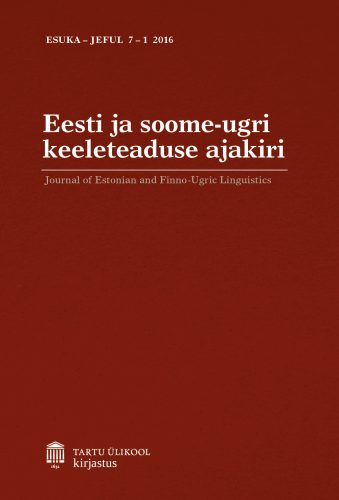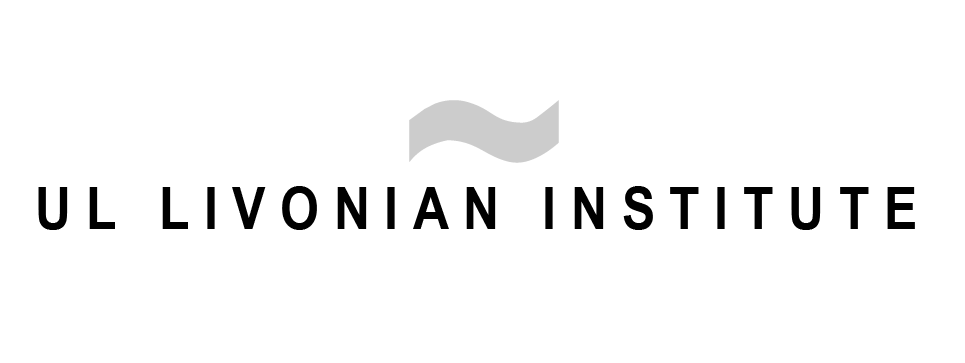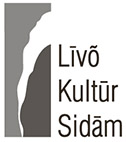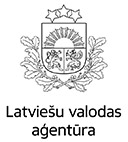Using vocabulary examples from the letters of the only two editors of the 1930s Livonian language newspaper “Līvli”, this article shows that it is possible to find new words in sources which have been little utilized up until now in linguistic studies with which it is possible to supplement the Livonian lexicon. The vocabulary examples show the types of new words and borrowing that the “Līvli” editors put to use in their correspondence and whether these reflect forms found in the 2012 “Livonian-Estonian-Latvian dictionary”, which is the largest project devoted to the Livonian language undertaken in recent times. A brief analysis is provided on the basis of these examples showing whether the spelling of these words and their grouping by declension type is done in a consistent manner or whether changes are necessary in this respect. It is concluded that in the “Livonian-Estonian-Latvian dictionary” there is a considerable diversity in declension types in need of being simplified for the following groups of borrowed words: 1) nouns ending in Latvian with -āris, -ārs and in Livonian with -ār; 2) nouns ending in Latvian with -ors and in Livonian with -or, -ōr; 3) nouns ending in Latvian with -āls, -āle, -ālis and in Livonian with -al, -āl, 4) adjectives ending in Latvian with -āls and in Livonian with -āl.

ESUKA/JEFUL. Special issue “Studies on Livonian II”. 2016.






